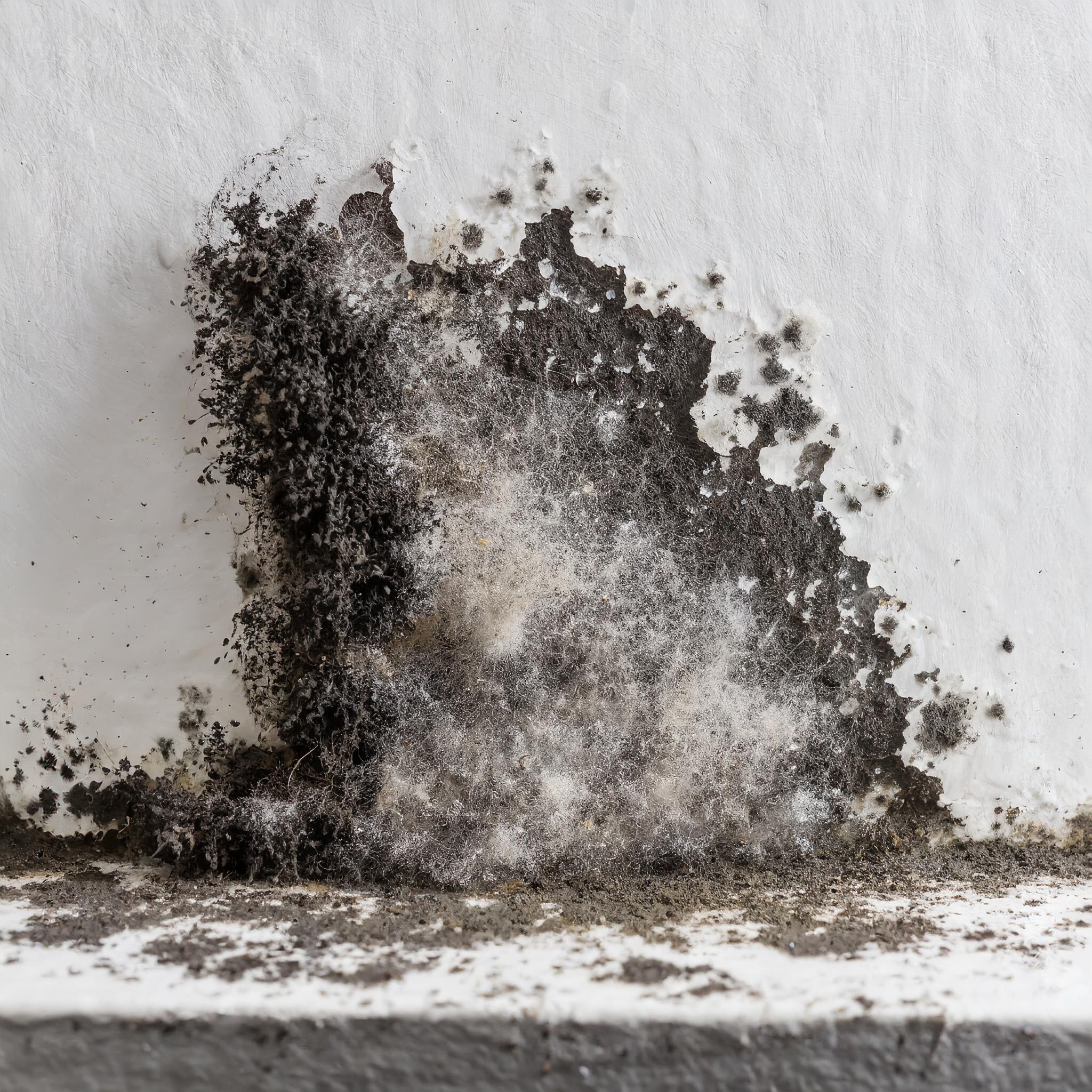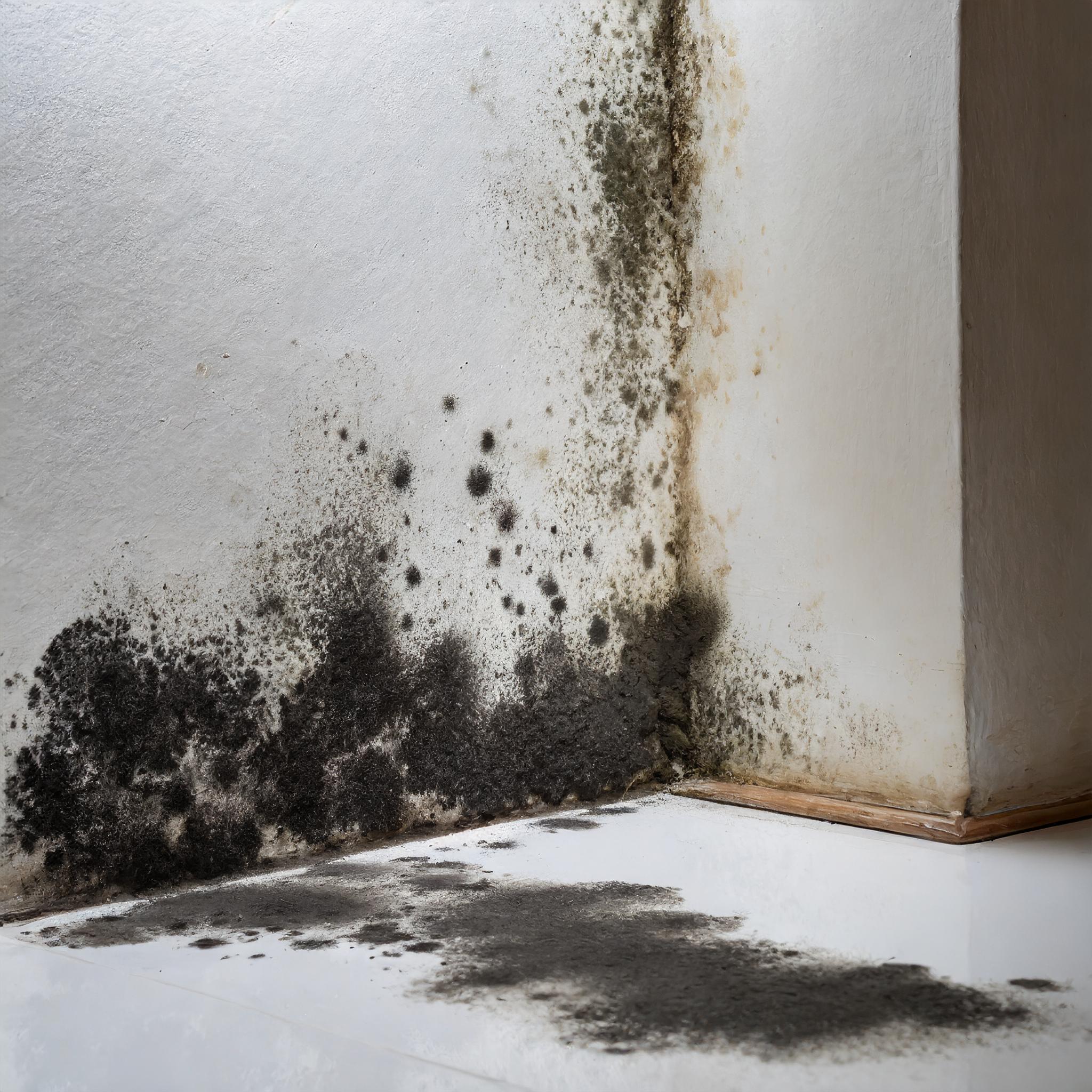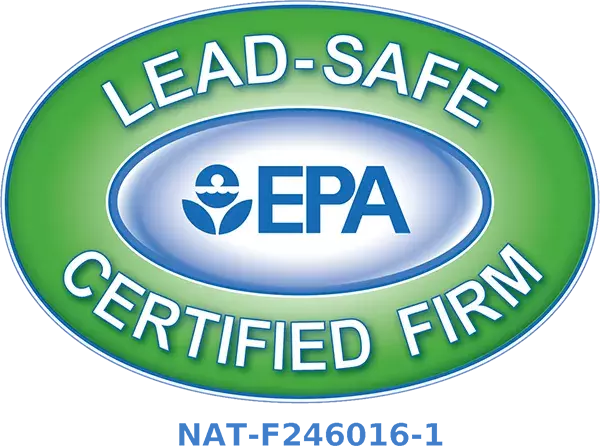Mold — it’s the uninvited guest that can creep into your apartment, bringing with it a host of problems. From unsightly spots on walls to potential health hazards, mold is something you should never ignore. But fear not! Recognizing and dealing with this pesky intruder is key to maintaining a healthy living space.
In this blog post, we’ll guide you through the steps needed when you find mold lurking in your home. We understand that discovering mold can be unsettling; however, armed with knowledge and quick action, you can tackle the issue head-on. So let’s break down what causes mold growth and how best to respond if it makes an unwelcome appearance in your abode.
Join us as we explore practical solutions—from simple DIY clean-ups for minor infestations to understanding when professional help might be necessary—ensuring peace of mind and a healthier environment for all residents within an apartment community.
Table of Contents
- Identifying Mold in Your Apartment
- Assessing the Severity of the Mold Issue
- Steps to Take Immediately After Finding Mold
- DIY Cleaning Solutions: When and How to Use Them
- Professional Remediation Services: Recognizing When You Need Them
- Preventative Measures Against Future Mold Growth
Identifying Mold in Your Apartment
When it comes to identifying mold in your apartment, keep your eyes peeled for telltale signs. Often presenting as dark spots or discolored patches on surfaces, mold can vary in color from black and green to white and orange. Don’t just trust your sight—musty odors are a dead giveaway that mold may be hiding nearby.
Check places where moisture lingers: bathrooms with poor ventilation; under sinks due to leaky pipes; around windows where condensation gathers; or any area that’s recently suffered water damage. Although these hotspots are common culprits, don’t overlook less obvious spaces like behind furniture against exterior walls or within piles of damp laundry. By staying vigilant and inspecting these areas regularly, you’ll stand a better chance at catching mold before it becomes a larger issue.
Assessing the Severity of the Mold Issue
Assessing the severity of a mold issue in your apartment is crucial to determining your next steps. A small patch of mold, typically less than about 10 square feet, can often be handled with DIY methods. But when you’re faced with extensive coverage or if the mold keeps reappearing despite thorough cleaning, it’s time to call in the experts. Look out for signs that might indicate deeper problems like water damage within walls or ceilings—these are red flags signaling professional remediation may be needed.
Remember: It’s not just about what’s on the surface; sometimes the real problem lies far beyond what you can see. If health symptoms related to mold exposure start cropping up among household members, don’t hesitate—it’s serious and demands immediate attention from professionals who know how to tackle these issues safely and effectively.

Steps to Take Immediately After Finding Mold
- Notify Your Landlord:
It’s essential to inform your landlord or property management as soon as you discover mold. They are generally responsible for addressing such issues in rental properties.
- Document the Mold:
Take clear photos of all affected areas. This serves as evidence of the issue and can be helpful if there is any dispute over responsibility or health claims later on.
- Do Not Disturb the Mold:
Avoid touching or disturbing the mold, which can release spores into the air and exacerbate health problems or spread contamination further.
- Check for Health Symptoms:
Be mindful of symptoms that could suggest a reaction to mold exposure, like coughing, sneezing, skin irritation, or worse in those with respiratory conditions. If present, seek medical advice promptly.
By acting swiftly upon finding mold and following these initial steps carefully, you lay down a solid foundation towards remedying this unwanted situation effectively while also protecting yourself legally and health-wise.
DIY Cleaning Solutions: When and How to Use Them
For minor mold issues, DIY cleaning solutions can be quite effective. One popular choice is a simple mixture of water and white vinegar—use equal parts in a spray bottle for an eco-friendly option that kills most surface molds. Another alternative is to use diluted bleach; however, ensure the area is well-ventilated and you’re wearing protective gear like gloves and a mask.
Spray your chosen solution directly onto the affected areas, let it sit for an hour or so to break down the mold spores, then scrub away with a brush before wiping clean. But remember: these home remedies are best suited for small patches on non-porous surfaces like tiles or glass—not on porous materials such as wood or drywall which may require specialized treatments to prevent further damage or regrowth.
Professional Remediation Services: Recognizing When You Need Them
When mold invades your space, it can be more than just a surface-level nuisance. Recognizing when to call in professional remediation services like J&R Restoration is key to ensuring the problem doesn’t escalate. If you’re dealing with widespread contamination, mold that’s penetrated into porous materials, or if anyone in your home has health issues exacerbated by mold exposure—these are clear signs that expert help is needed.
Our professionals have the tools and expertise to safely remove extensive growths and address hidden moisture sources that could lead to future problems. They’ll not only get rid of the current issue but also give valuable advice on preventing recurrence, providing peace of mind with their thorough approach to tackling troublesome molds effectively and efficiently.
Preventative Measures Against Future Mold Growth
- Controlling Humidity Levels:
Controlling humidity levels in your apartment is a vital step toward preventing mold growth. Mold thrives in moist environments, so keeping indoor humidity below 60% can greatly reduce the chances of it taking hold. Use dehumidifiers in particularly damp spaces like basements or bathrooms to keep the air dry.
Regular use of air conditioners during hot weather also helps by removing excess moisture from the air and maintaining a cool environment where mold struggles to grow. Additionally, make sure you’re ventilating rooms adequately—especially after steam-producing activities such as cooking or showering—to let out any excess moisture that could invite mold.
- Regular Maintenance Checks:
Regular maintenance checks are another crucial preventive measure against mold infestation. Routinely inspect areas prone to water leaks, such as pipes under sinks, ceilings beneath bathrooms, and around appliances like dishwashers and refrigerators. Early detection of leaks can prevent water damage and subsequent mold issues before they start—a stitch in time saves nine!
Also, remember to clean gutters and downspouts regularly; this ensures proper drainage away from your building’s foundation which might otherwise lead to damp walls conducive for mold’s growth inside your home. By staying on top of these routine checks and quickly addressing any signs of moisture intrusion or accumulation, you’ll go a long way toward safeguarding your living space against unwanted fungal guests.
If you have found mold in your South Florida apartment that is too difficult to deal with, J&R Restoration is at your service. Beyond mold remediation, we also offer water damage restoration, fire damage restoration, and roof tarping. Contact us today for more information.


